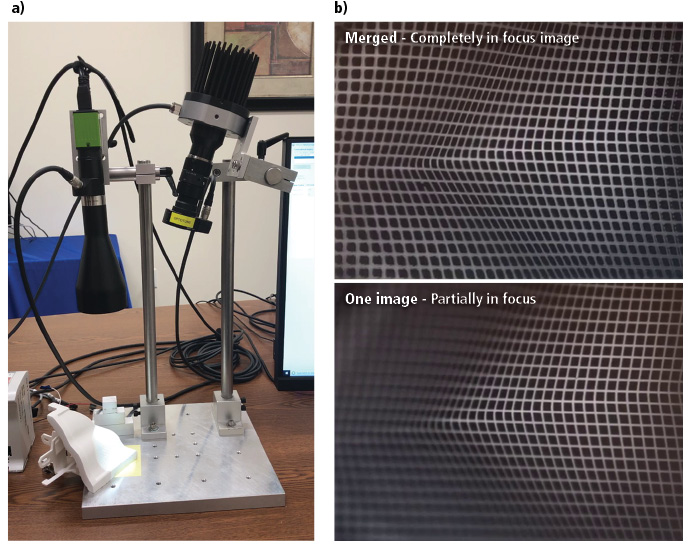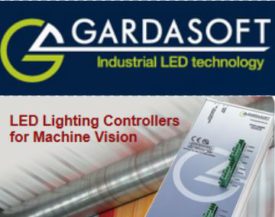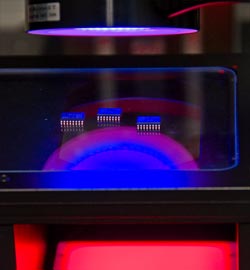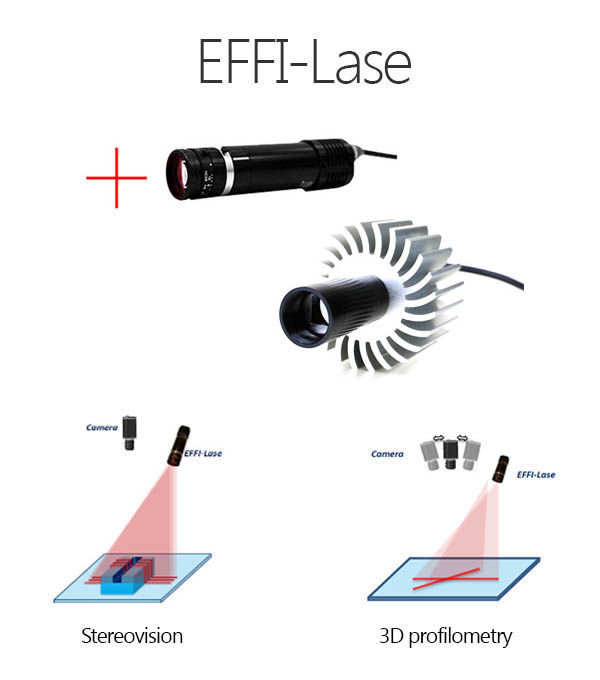In line or coaxial illumination figure 1 incorporates a light source such as a fiber optic light guide or led source directly into the optical train of an imaging lens system often using a beamsplitter.
Machine vision lighting types.
The lighting sources now commonly used in machine vision are fluorescent quartz halogen led metal halide mercury and xenon.
This integrated light reduces shadowing and provides uniform illumination on matte objects.
Dark field transmitted light backlit image.
Ring lights dark field dark field lights provide illumination that is projected at a shallow angle to the imaging surface 45 degrees or less to pick up surface anomalies and details.
3d optics aoi application notes.
Fluorescent quartz halogen and led are the most widely used lighting types in machine.
Direct incident light diffuse incident lighting lateral light at angles illumination at a shallow angle from all sides.
Fluorescent quartz halogen and led are by far the most widely used lighting types in machine vision particularly for small to medium scale inspection stations whereas metal halide and xenon are more typically used in large scale applications or in areas requiring a very bright source.
This article covers the advantages disadvantages and use cases for several unique machine vision illumination methods such as in line telecentric and diffuse axial illumination.
It follows that only homogeneous lighting conditions result in a consistent image of the same inspection object.
Opto engineering machine vision lighting products include both led illuminators and pattern projectors designed to meet the needs of the most demanding industrial environments.
Our innovative products enable reliable inspections in many applications thanks to their flexibility robustness and ease of use.
Lots lighting tech specialist is a leading organization in developing and manufacturing machine vision lights for the advanced lighting industry.
Understanding unique machine vision illumination methods in line telecentric and diffuse axial lighting techniques each offer distinct advantages for disparate applications.
We supply a broad range of solutions in light lenses and cameras.









